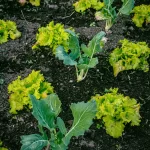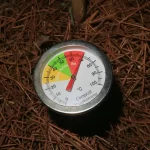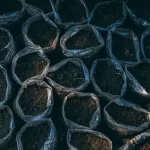Making the Best Organic Compost for Your Garden
One of the most effective additives you can provide for your soil is organic compost. By starting a compost pile.
Let’s be honest-composting sounds like something your yoga loving, herbal tea sipping friend does after journaling about the moon cycle, right? But hang on. Hear me out. Composting? It’s kinda. awesome.
You’re literally taking trash-kitchen scraps, yard leftovers, that sad, mushy lettuce hiding in your crisper-and turning it into free plant food.
That’s right. Let it sit in a pile, let it rot (in a good way), and nature turns it into black gold.
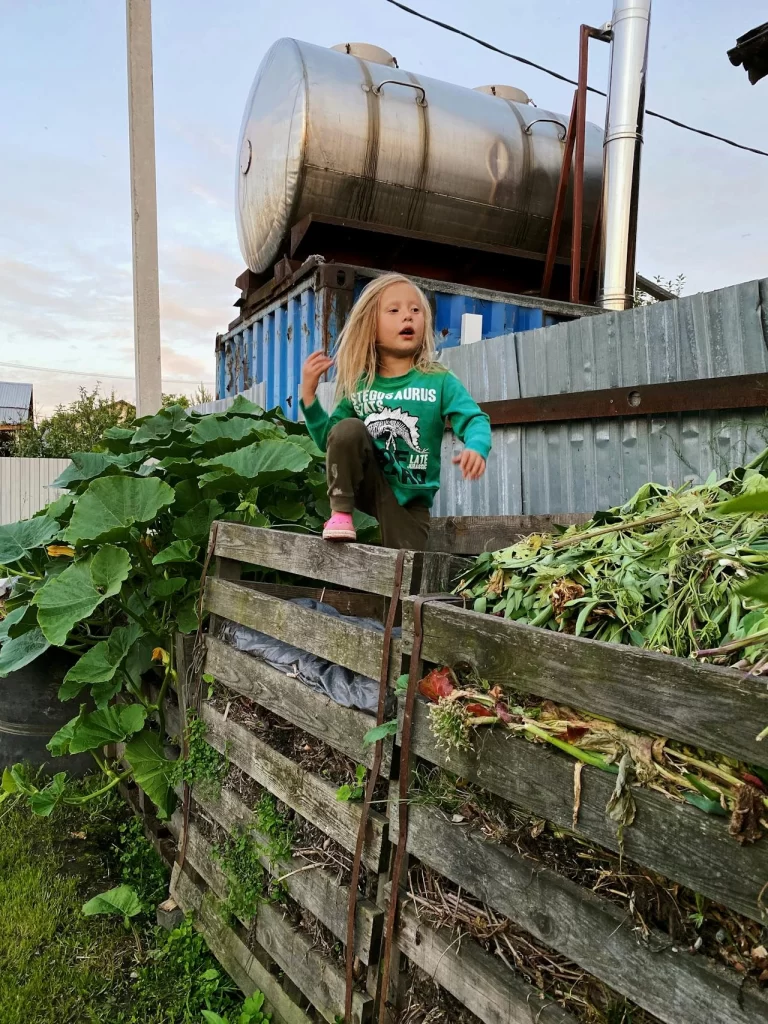
No farm needed. No science degree. And nope, no need to train your nose to handle the funk. Just a little outdoor space, a pile of soon to be dirt, and a bit of compost wisdom (don’t worry, I’ve got you covered).
So…. What Is Composting, Really?
Nature has her own little cleanup crew. Composting is just her way of recycling all the stuff we toss-without needing a blue bin or pickup truck.
Honestly, it’s like Mother Nature’s DIY glow-up for garbage.
You give her scraps, she gives you garden gold. Fair trade, right?
Here’s how the weirdly wonderful process goes down:
You grab some “green stuff” – like veggie peels, coffee grounds, or that spinach you swore you’d eat. Then toss in some “brown stuff” – dry leaves, shredded paper, maybe a crunchy twig or two. Mix it. Give it a little air. Maybe a sprinkle of water and then… wait.
Give it some time and poof your old banana peels and crunchy leaf bits turn into this crumbly, dark stuff that honestly looks like dirt with a secret identity. It’s called humus (not hummus….. although now I’m thinking about pita and regretting my snack choices).
It might look plain, but don’t be fooled it’s basically the backstage pass to ridiculously happy plants. Like, this is the good stuff. The Beyoncé of garden nutrients.
We’re talking rich, earthy stuff so full of nutrients your plants might throw you a thank-you party. Seriously, they’ll thrive like they just got a spa day.
For the Lazy (or Newbie) Gardener
If you’re new to composting or just kinda lazy (no judgment, I’m right there with you) you can start super simple.
Just find a spot in your yard. Throw on some grass clippings and dried leaves. Walk away. That’s it done.
In warm weather, nature will do its thing, and in about 6 months, the bottom of that pile will be full of the good stuff.
If you live somewhere that feels like a freezer in winter or a crusty potato chip year-round yeah, your compost might take its sweet time. Blame the weather, not the banana peels. it might take longer. You might need to occasionally check the moisture. But honestly? No need to hover. Just toss stuff in and walk away like a boss. It’s basically the Crock-Pot of garden magic-low effort, high reward.
Where Should You Put This Lovely Pile of Rotting Things?
You want it somewhere between the kitchen and the garden. Not too far (because nobody wants to trek across the yard with banana peels every day), and not right in the middle of your zen garden either.
Shady or partly shady is ideal-it keeps things from drying out. Full sun won’t kill it, though. Just make sure water doesn’t pool underneath, and if worms show up? Even better. Worms = compost MVPs.
DIY Compost Bin: Cheap and Cheerful
If you don’t want your compost spilling out and taking over your backyard like a slow moving blob, make a basic bin.
Grab six feet of stiff wire mesh, roll it into a tube, and tie the ends. Boom. You’ve got a bin.
It’s airy, it holds the pile together, and it’s super easy to take apart when you want to harvest your compost. You could go fancier with wood pallets or a pre-made plastic bin, but honestly, this wire-mesh thing works like a charm.
Fancy People Build Pallet Bins
If you’re out here casually saying, “Oh, I’ll just build one from old pallets and dreams,” then wow-respect. You’ve officially joined the Pinterest Hall of Fame. The rest of us are over here zip-tying wire mesh and calling it innovation. Use slatted wood or old pallets, and make sure air can get through the sides.
Leave one side open (or make a flap) so you can stir things or scoop out the goods later. You could cover it, but most of the time, letting the rain in helps keep the pile moist. Unless you live where it rains 6 days a week-then maybe a tarp’s not a bad idea.
What Goes In? It’s a Balancing Act
Think of composting like a weird lasagna
Greens = Nitrogen (think fresh, wet, smelly stuff-veggie scraps, grass clippings, coffee grounds)
Browns = Carbon (dry, crunchy, boring stuff-leaves, straw, shredded paper)
You want about 1 part green to 2 parts brown. If your pile smells like a garbage dump, toss in more browns. If it looks dry and sad, throw in some greens or give it a little water.
It should feel like a wrung-out sponge-damp but not soggy. If it squelches when you squeeze it? Too wet.
Compost Lasagna (Without the Cheese)
Start your pile like this:
4 inches of dry leaves
1 inch of garden soil (for those good microbes)
2 inches of food scraps or grass clippings
Repeat that layering until you run out of stuff or run out of motivation. Fluff it a bit, don’t pack it down, and let those microbes party.
Turning the Pile: Your Compost’s Cardio
Once a week (or whenever you remember), grab a pitchfork and give the pile a mix. This adds oxygen, redistributes moisture, and speeds up the whole process.
Coffee grounds? Yes.
Eggshells? Toss ’em in.
Chopped-up veggie bits? Go wild.
Just steer clear of anything meaty, cheesy, or oily-unless you’re looking to host a surprise midnight buffet for every raccoon in a 5-mile radius. Spoiler: it’s not worth it.
Speed It Up with a Two-Bin System
Got some space? Try a second bin. When your first one’s full, move everything to the second. This fluffs it up, reintroduces oxygen, and mixes the old with the new. Compost likes drama-it thrives on change.
Also, if your pile gets bigger than 3 feet wide, it might start to smother itself. Split it up or start fresh.
But how do you really know composting done?
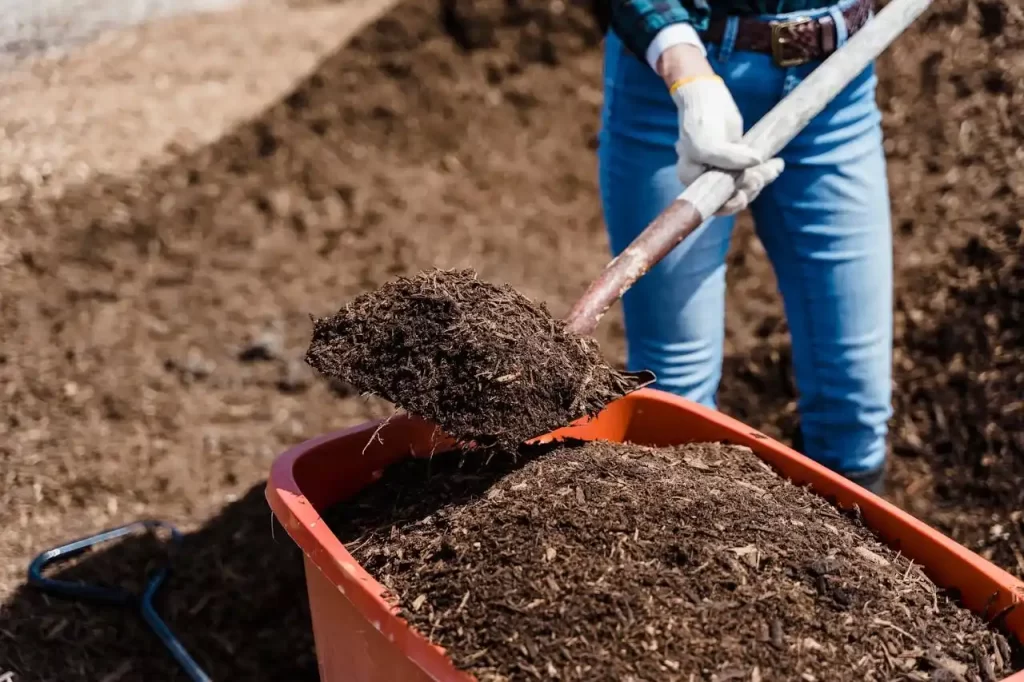
Easy. Give it a look-does it resemble chocolate cake mix? Take a sniff-does it smell like that fresh, woodsy forest air after a rainstorm? If yes, congrats-you’ve officially made compost.
Seriously. If your compost makes you wanna stick your face in it and take a deep breath, you’re doing it right.
No weird smells, no chunks of recognizable food. You’ll mostly find the good stuff at the bottom of the pile.
Once it’s ready, slap that magical compost onto your garden beds, into your potted plants or fling it lovingly across your lawn like fairy dust.
Did a few chunks not break down all the way? No stress. Just scoop ’em up and throw them back into the next pile. Compost is forgiving like that.
Quick Tips to Avoid Compost Disasters
Smells bad? You probably added too many greens. Toss in some leaves or paper and stir it up.
Dry as the Sahara? Give it a drink. Not a flood-just enough to feel like a sponge.
No garden soil? Use a compost starter. It’s like probiotics for your pile.
City dweller? Try a compost tumbler or a worm bin (vermicomposting). Yes, worms. They’re cute in a gross way and they work harder than your coworkers.
Someone Who Killed a Compost Pile Once
Listen, composting is not a perfect science. Sometimes it goes great. Sometimes it smells like feet and nothing happens for weeks.
But when it works? It’s like you’ve hacked the system. Less trash, happier plants, and a weird sense of satisfaction that you turned garbage into gold.
So go forth, pile your scraps, and let rot do its thing. You got this.
